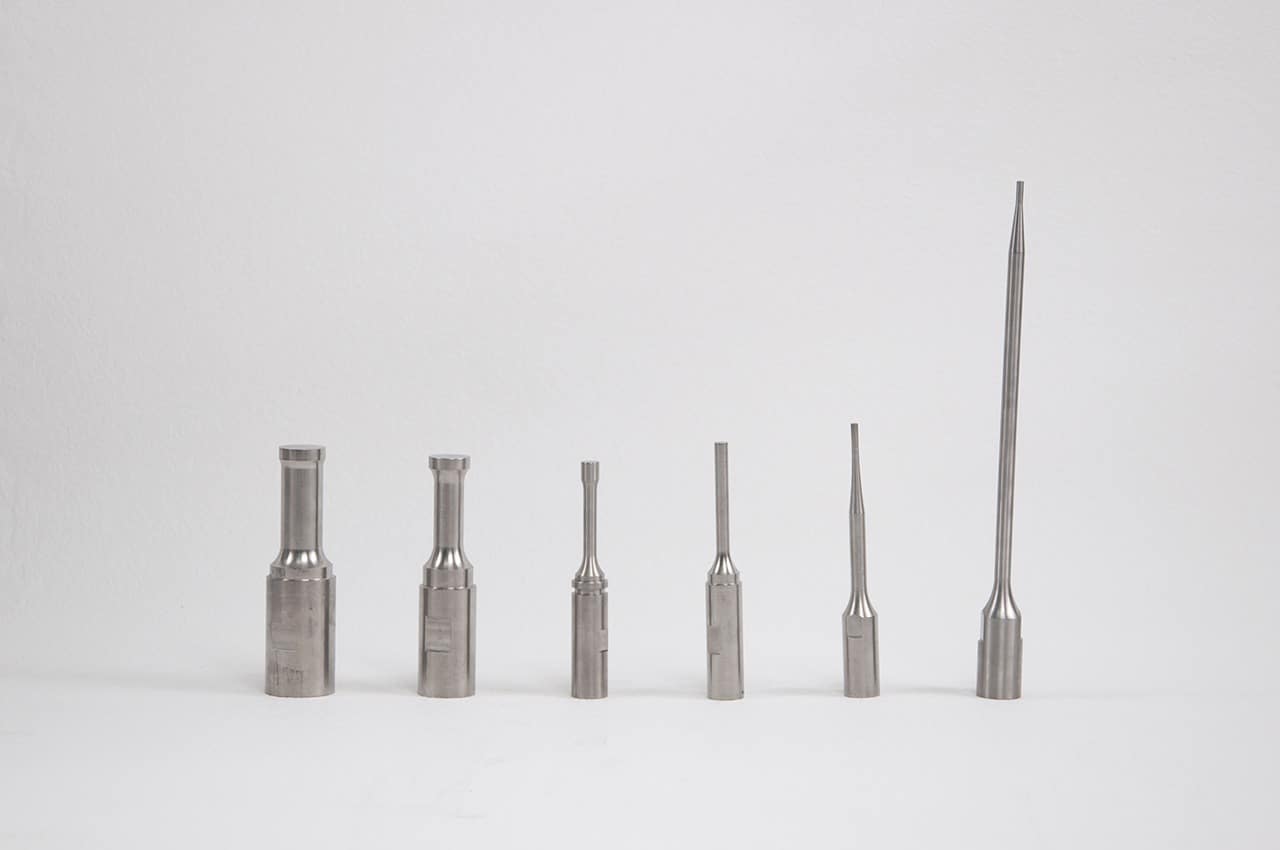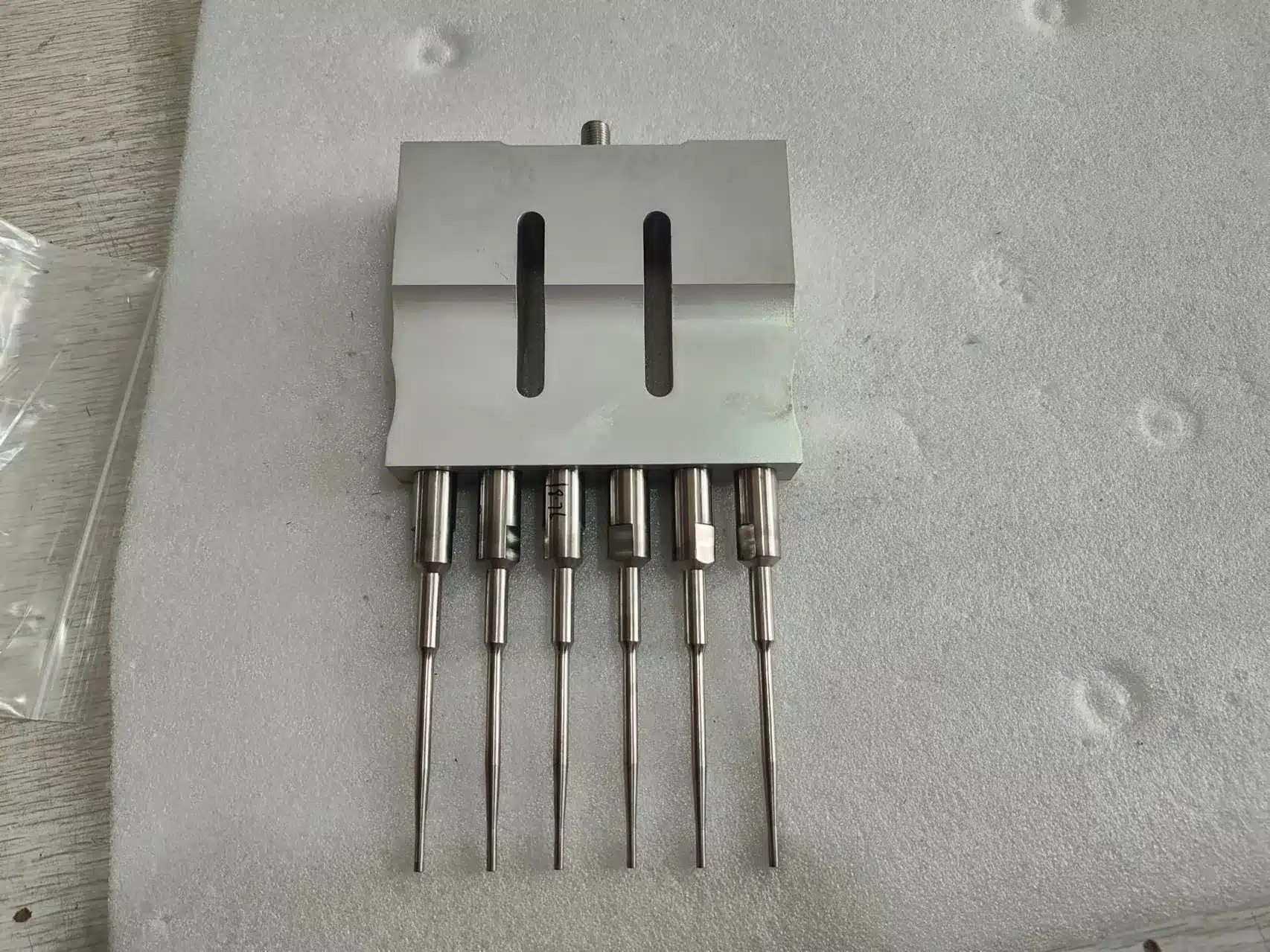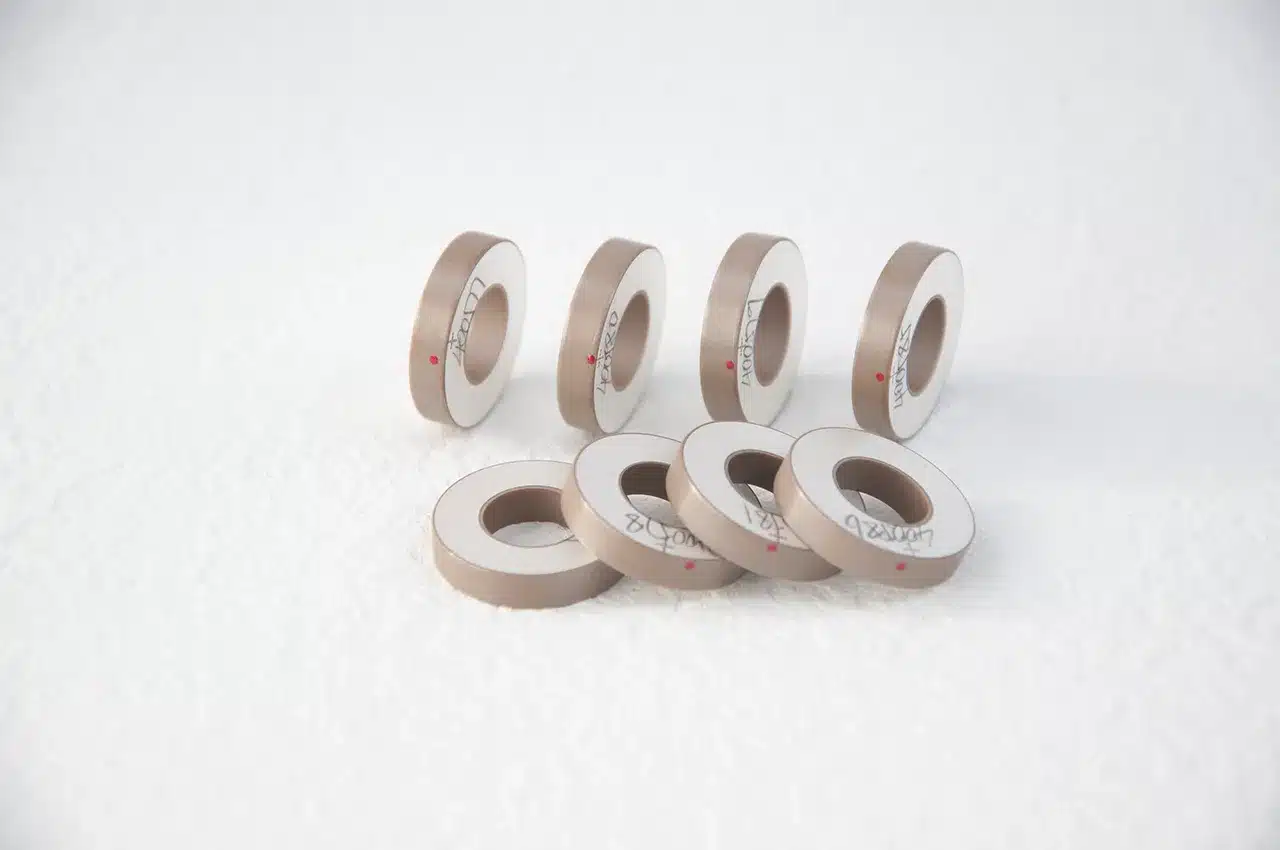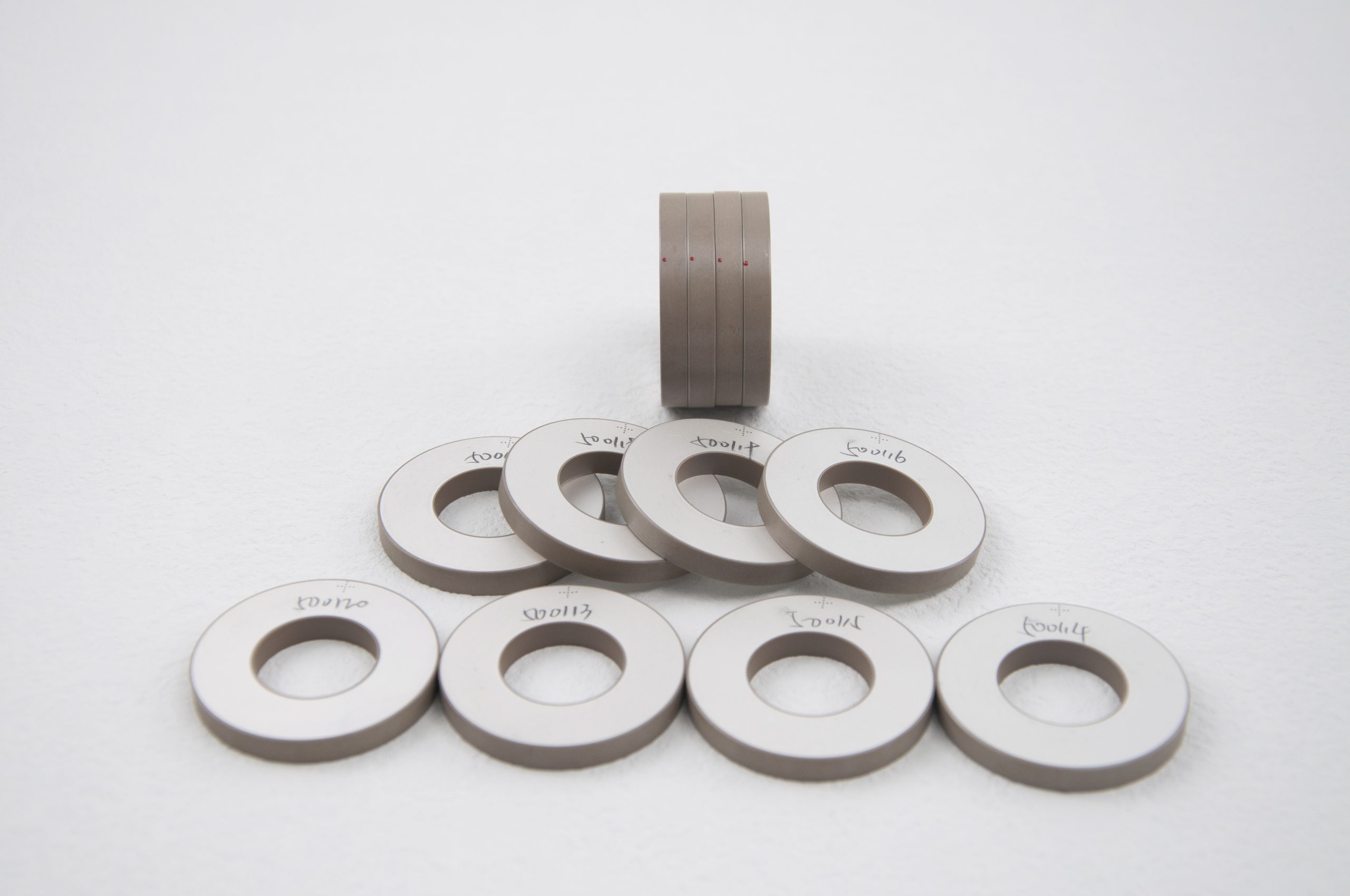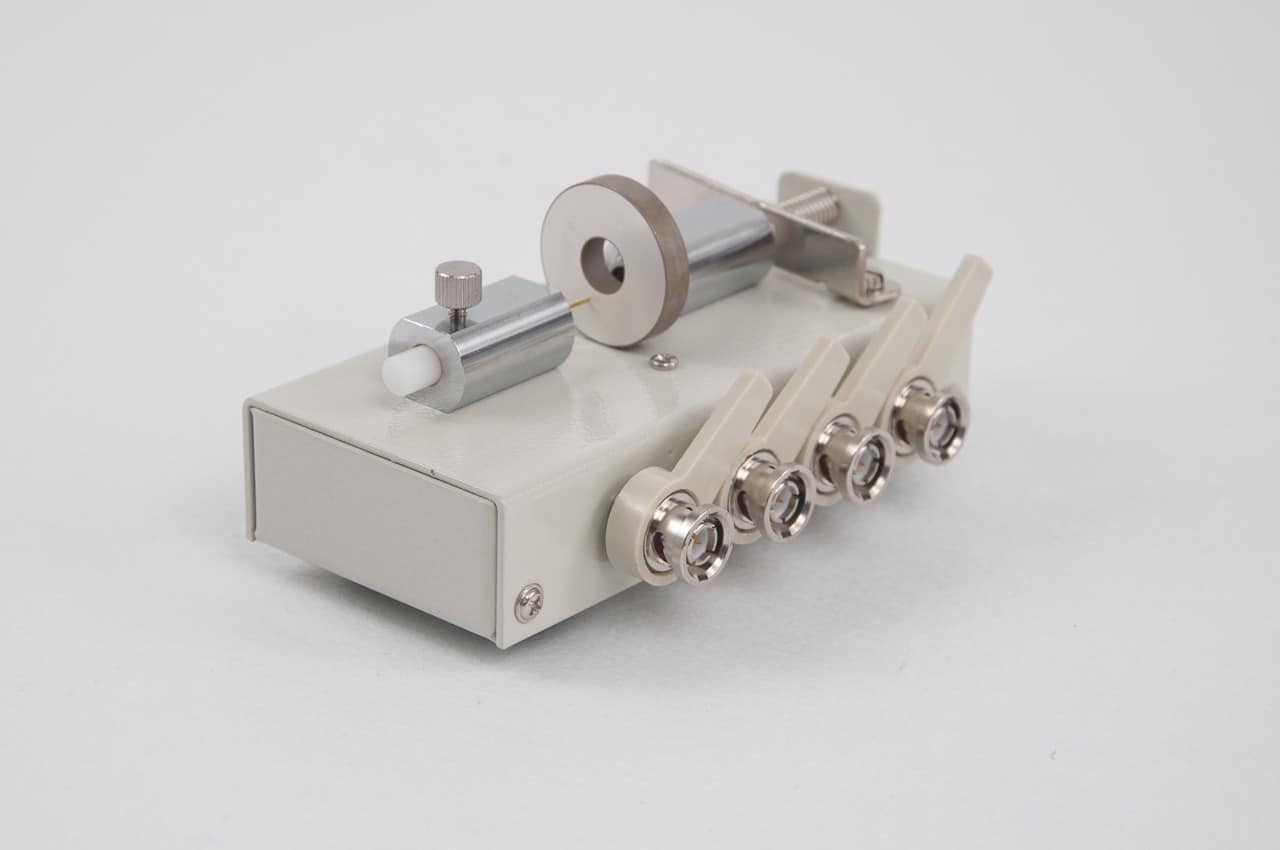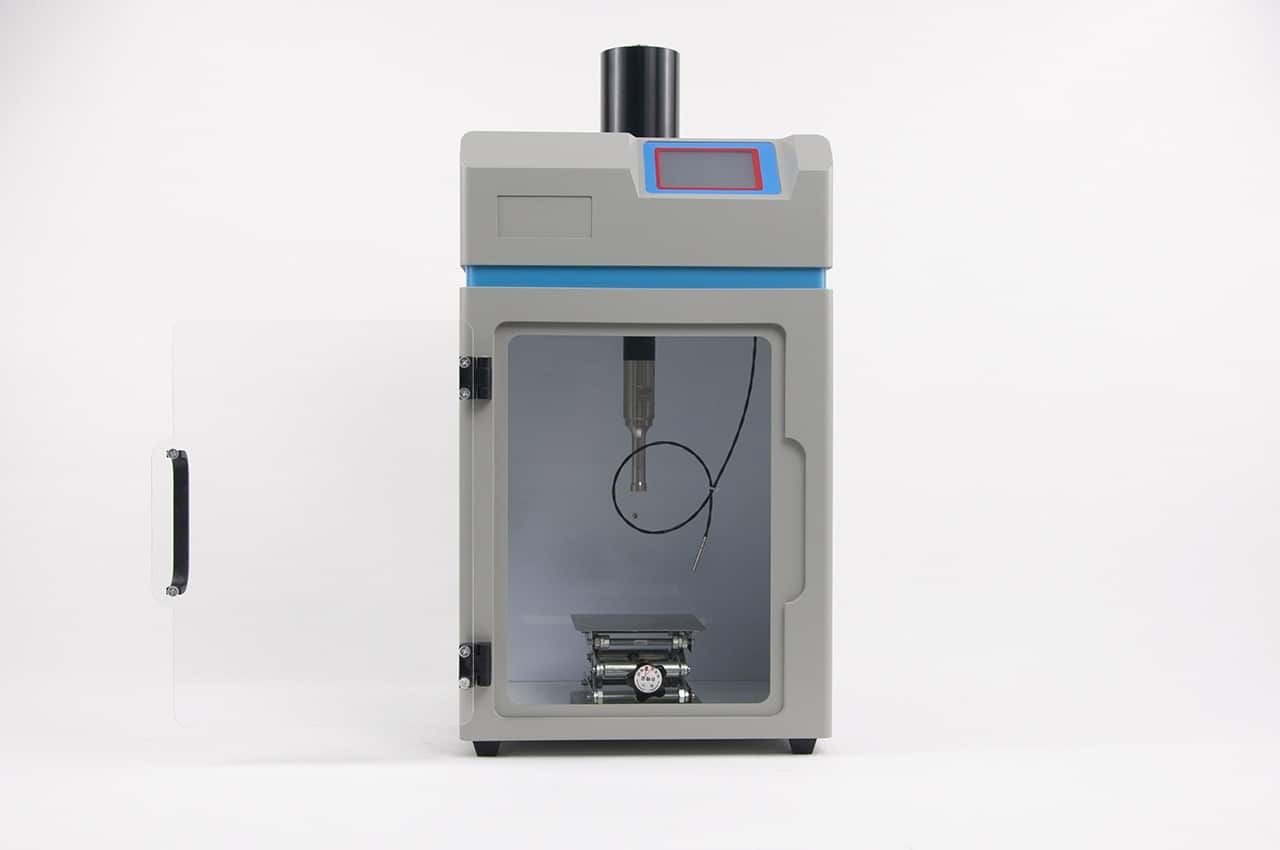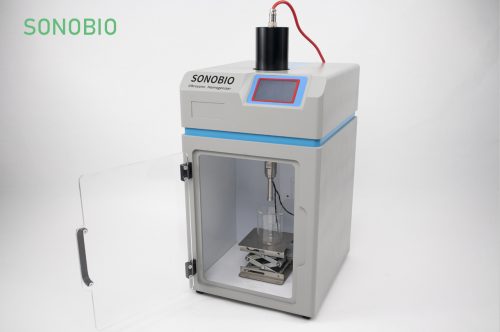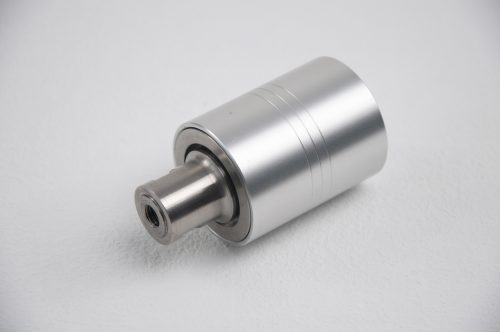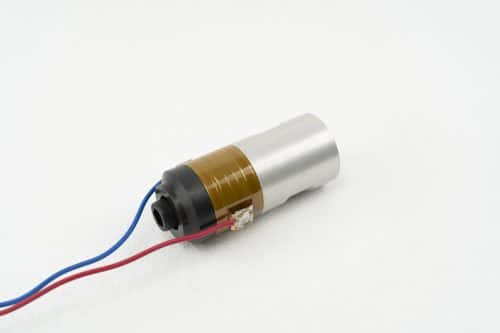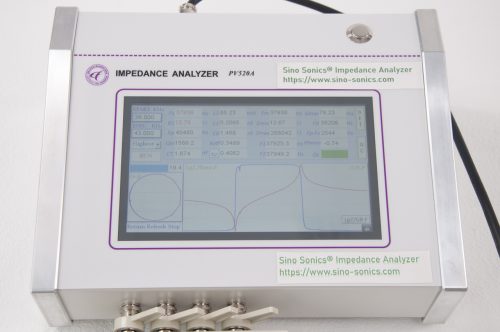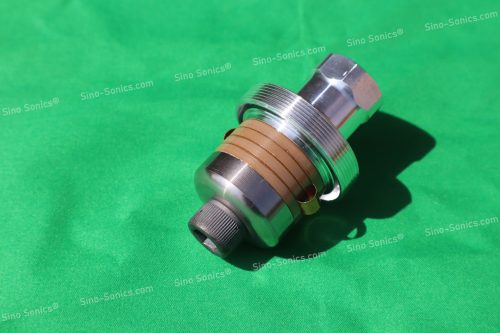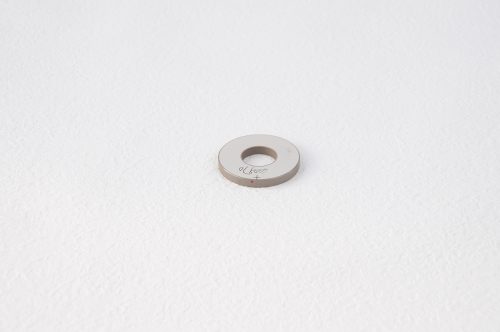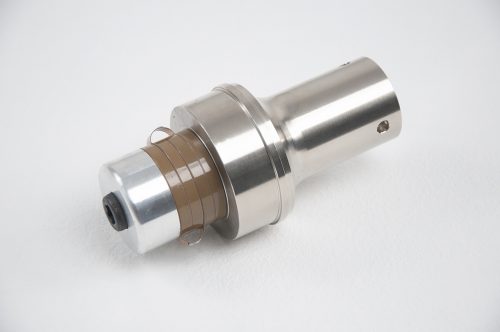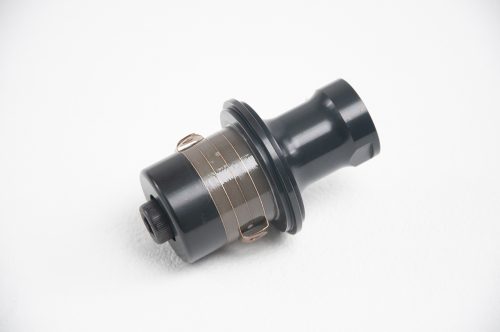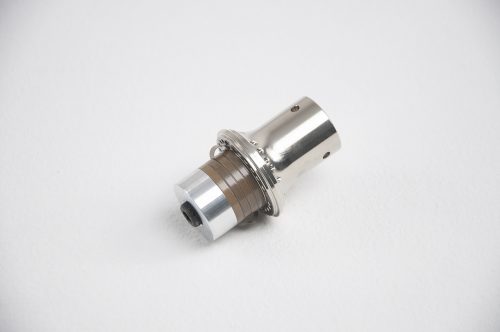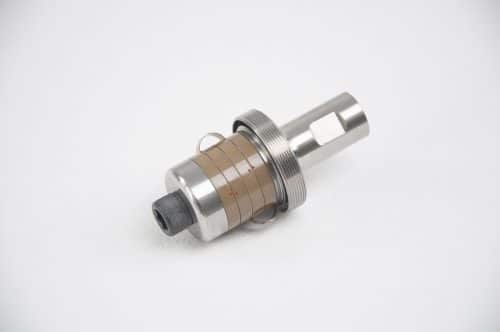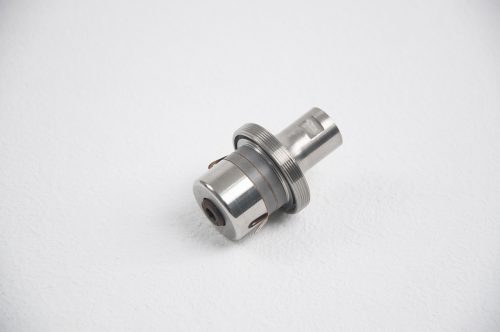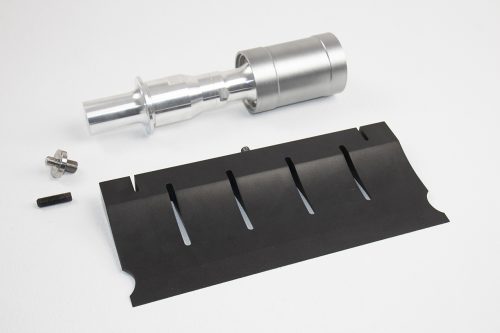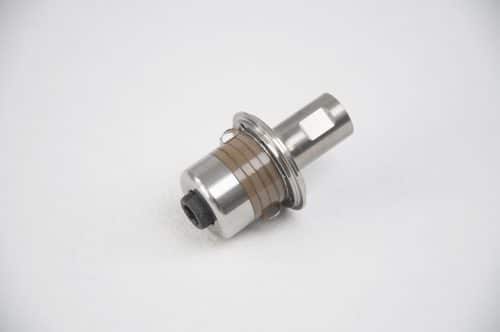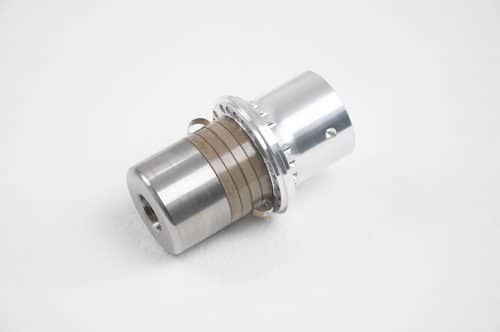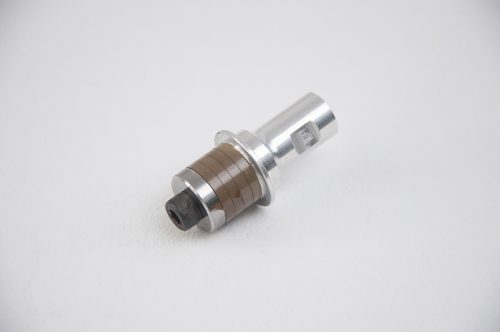Ultrasound effect: When the ultrasonic wave propagates in the medium, the interaction between the ultrasonic wave and the medium causes the physical and chemical changes of the medium, resulting in a series of mechanical, thermal, electromagnetic and chemical ultrasonic effects, including the following four effects:
(1) Mechanical effects. The mechanical action of ultrasound can promote the emulsification of liquids, the liquefaction of gels and the dispersion of solids. When standing waves are formed in the ultrasonic fluid medium, the particles suspended in the fluid are condensed at the knots due to mechanical forces, forming periodic accumulation in space. When ultrasonic wave propagates in piezoelectric materials and magnetostrictive materials, it causes induced electrodes and magnetization (see dielectric physics and magnetostriction) due to the mechanical action of ultrasonic wave.
(2) Cavitation. A large number of small bubbles can be produced when ultrasound acts on liquid. One reason is that the local tension stress in the liquid results in negative pressure. The decrease of pressure makes the gas dissolved in the liquid supersaturated and escapes from the liquid to become small bubbles. Another reason is that the strong tensile stress “tears” the liquid into a void, which is called cavitation. The void is a liquid vapor or another gas dissolved in the liquid, or even a vacuum. Small bubbles formed by cavitation will continue to move, grow or burst with the vibration of surrounding media. When it bursts, the surrounding liquid suddenly rushes into the bubble and produces high temperature, high pressure and shock wave. The internal friction accompanied by cavitation can form charges and emit light in bubbles due to discharge. Ultrasound treatment in liquids is mostly related to cavitation.
(3) Thermal effect. Because of the high frequency and energy of ultrasonic wave, it can produce remarkable thermal effect when absorbed by medium.
(4) Chemical effects. Ultrasound can induce or accelerate some chemical reactions. For example, pure distilled water is treated by ultrasound to produce hydrogen peroxide; water dissolved in nitrogen is treated by ultrasound to produce nitrite; water solution of dyes will discolor or fade after ultrasound treatment. The occurrence of these phenomena is always accompanied by cavitation. Ultrasound can also accelerate the hydrolysis, decomposition and polymerization of many chemicals. Ultrasound also has obvious influence on photochemistry and electrochemical processes. After ultrasonic treatment, the characteristic absorption bands of amino acids and other organic substances disappear and show uniform general absorption, which indicates that the molecular structure has been changed by cavitation.
Ultrasound effect: When the ultrasonic wave propagates in the medium, the interaction between the ultrasonic wave and the medium causes the physical and chemical changes of the medium, resulting in a series of mechanical, thermal, electromagnetic and chemical ultrasonic effects, including the following four effects:
(1)Mechanical effects. The mechanical action of ultrasound can promote the emulsification of liquids, the liquefaction of gels and the dispersion of solids. When standing waves are formed in the ultrasonic fluid medium, the particles suspended in the fluid are condensed at the knots due to mechanical forces, forming periodic accumulation in space. When ultrasonic wave propagates in piezoelectric materials and magnetostrictive materials, it causes induced electrodes and magnetization (see dielectric physics and magnetostriction) due to the mechanical action of ultrasonic wave.
(2) Cavitation. A large number of small bubbles can be produced when ultrasound acts on liquid. One reason is that the local tension stress in the liquid results in negative pressure. The decrease of pressure makes the gas dissolved in the liquid supersaturated and escapes from the liquid to become small bubbles. Another reason is that the strong tensile stress “tears” the liquid into a void, which is called cavitation. The void is a liquid vapor or another gas dissolved in the liquid, or even a vacuum. Small bubbles formed by cavitation will continue to move, grow or burst with the vibration of surrounding media. When it bursts, the surrounding liquid suddenly rushes into the bubble and produces high temperature, high pressure and shock wave. The internal friction accompanied by cavitation can form charges and emit light in bubbles due to discharge. Ultrasound treatment in liquids is mostly related to cavitation.
(3) Thermal effect. Because of the high frequency and energy of ultrasonic wave, it can produce remarkable thermal effect when absorbed by medium.
(4) Chemical effects. Ultrasound can induce or accelerate some chemical reactions. For example, pure distilled water is treated by ultrasound to produce hydrogen peroxide; water dissolved in nitrogen is treated by ultrasound to produce nitrite; water solution of dyes will discolor or fade after ultrasound treatment. The occurrence of these phenomena is always accompanied by cavitation. Ultrasound can also accelerate the hydrolysis, decomposition and polymerization of many chemicals. Ultrasound also has obvious influence on photochemistry and electrochemical processes. After ultrasonic treatment, the characteristic absorption bands of amino acids and other organic substances disappear and show uniform general absorption, which indicates that the molecular structure has been changed by cavitation.
Ultrasonic Application
Ultrasound effect has been widely used in practice, mainly in the following aspects:
Ultrasonic examination
Ultrasonic treatment
ultrasonic cleaning
Ultrasonic humidifier
fundamental research
Ultrasonic removing mites
Ultrasonic deoiling
Medical Ultrasound Examination
Industrial Automation Control
Using acoustic reflection, diffraction and Doppler effect, the ultrasonic level meter, ultrasonic level meter and ultrasonic flowmeter are manufactured.
Ultrasound Extraction of Biological Nanoparticles (Ultrasound Chemical Synthesis)
Ultrasound Pharmaceutical
Dispersion of Cosmetics by Ultrasound
Alcoholization-Aging Technology of Wine by Ultrasound
Ultrasonic History
From the end of the 19th century to the beginning of the 20th century, after the discovery of piezoelectric effect and anti-piezoelectric effect in physics, the method of producing ultrasonic wave by electronic technology has been solved, and the historical chapter of developing and popularizing ultrasonic technology has been opened rapidly.
In 1922, the first patents for the invention of ultrasound therapy appeared in Germany.
In 1939, a literature report on the clinical effects of ultrasound therapy was published.
Ultrasound therapy rose in Europe and the United States in the late 1940s. It was not until the first international medical ultrasound conference held in 1949 that papers on ultrasound therapy were exchanged, which laid the foundation for the development of ultrasound therapy. Many papers have been published at the Second International Academic Conference on Ultrasound Medicine in 1956. Ultrasound therapy has entered a practical and mature stage.
In China, the field of ultrasound therapy started a little late. Only a few hospitals began to carry out ultrasound therapy in the early 1950s. In 1950, the 800KHz ultrasound therapy machine was first used in Beijing to treat many diseases. It was gradually popularized in the 1950s, and domestic instruments were available. Open literature began in 1957. By the 1970s, various types of domestic ultrasound therapeutic instruments were available, and ultrasound therapy was widely used in large hospitals throughout the country.
Over the past 40 years, major hospitals in China have accumulated considerable data and rich clinical experience. Especially in the early 1980s, the emergence of ultrasound extracorporeal mechanical wave lithotripsy and ultrasound surgery is a major breakthrough in the history of stone treatment. Nowadays, it has been widely used in the world. High intensity focused ultrasound noninvasive surgery has made ultrasound therapy occupy an important position in contemporary medical technology. In the 21st century (HIFU), focused ultrasound surgery has been hailed as the latest technology in the treatment of cancer in the 21st century.

